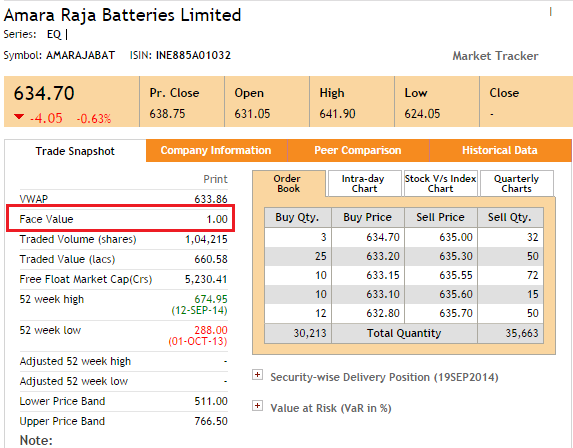Statutory reserves are excluded. These arise from changes in the relative value of the currency in which the balance sheet is reported and the currency in which the balance sheet assets are held. It is kept by the entity for reinvesting it in the main business. Statutory reserves are the minimum amounts of cash and readily marketable securities that insurance companies must hold. It is known as statutory reserve. Type of Equity Reserve. For instance the balance of the statutory reserve could be transferred to the account Profit Carried Forward or be used to cover Loss Carried Forward. Statutory reserves are reserves a company is required to set up by law and which are NOT available for the distribution of dividends And Non-statutory reserves are reserves consisting of profits distributable as dividends if the company so desires. Balance sheet reserves also known as claims reserves are accounting entries that show money set aside to pay future obligations. From Wikipedia the free encyclopedia In the business of insurance statutory reserves are those assets an insurance company is legally required to maintain on its balance sheet with respect to the unmatured obligations ie expected future claims of the company.
The balance sheet is divided into two parts that based on the following equation must equal each other. Tweet In a balance sheet we often see reserves been categorized into statutory and non-statutory reserves. Under Section 17 every banking company incorporated in India is required to transfer at least 25 of its current profit to its reserve fund. Profit and loss account. These are reserves that a company must establish by law and that cannot be paid out as dividends. Balance sheet reserves also known as claims reserves are accounting entries that show money set aside to pay future obligations. Equity reserve is the part of the equity section of the balance sheet which excludes share capital and retains earnings. The statutory reserve is also known as an actuarial reserve can be defined as a portion of profits that any financial institution like insurer company or a bank is legally required to hold and maintain in compliance with the applicable laws and regulations so as to meet future unmatured obligations and contingencies and are generally held in the form of either cash or high liquid marketable securities. In thousands of EUR. Retained Earnings are a part of companys net income which is left after paying out dividends to shareholders.
It presents the balance raising from other transactions such as foreign translation fair value and revaluation change. Alternatively the company could use the reserve to perform a distribution of own funds among its shareholders. Upvote 0 Downvote 0 Reply 0. These arise from changes in the relative value of the currency in which the balance sheet is reported and the currency in which the balance sheet assets are held. For instance the balance of the statutory reserve could be transferred to the account Profit Carried Forward or be used to cover Loss Carried Forward. Statement of changes in the equity. They are mandated under state insurance regulations. So the equation now stand as Assets liability owners capital includes cash reserves thanks. These types of financial institutions play a big role in the global economy and serve as a stabilizing force against the unknown risk of losses such as a fire destroying your home. The movement in the statutory reserve for conversion differences is as follows.
Statutory reserves are excluded. These types of financial institutions play a big role in the global economy and serve as a stabilizing force against the unknown risk of losses such as a fire destroying your home. Statutory reserves are reserves a company is required to set up by law and which are NOT available for the distribution of dividends And Non-statutory reserves are reserves consisting of profits distributable as dividends if the company so desires. Reserves are a part of retained earnings that is appropriated for a specific purpose. Retained Earnings are a part of companys net income which is left after paying out dividends to shareholders. Upvote 0 Downvote 0 Reply 0. March 31 2001 0000 By A. Hence cash reserves are liability on the balance sheet but this should not be taken as negative because high reserves indicate good future prospective of company. From Wikipedia the free encyclopedia In the business of insurance statutory reserves are those assets an insurance company is legally required to maintain on its balance sheet with respect to the unmatured obligations ie expected future claims of the company. This pool of funds is called a statutory reserve because the laws and regulations that govern these institutions require that they hold these funds in reserve on their balance sheet.
Alternatively the company could use the reserve to perform a distribution of own funds among its shareholders. Reserve accounting In financial accounting reserve always has a credit balance and can refer to a part of shareholders equity a liability for estimated claims or contra-asset for uncollectible accounts. Statement of comprehensive income. Profit and loss account. Balance sheet reserves also known as claims reserves are accounting entries that show money set aside to pay future obligations. It is maintained by the company for meeting future losses. This pool of funds is called a statutory reserve because the laws and regulations that govern these institutions require that they hold these funds in reserve on their balance sheet. Hence cash reserves are liability on the balance sheet but this should not be taken as negative because high reserves indicate good future prospective of company. March 31 2001 0000 By A. Tweet In a balance sheet we often see reserves been categorized into statutory and non-statutory reserves.
